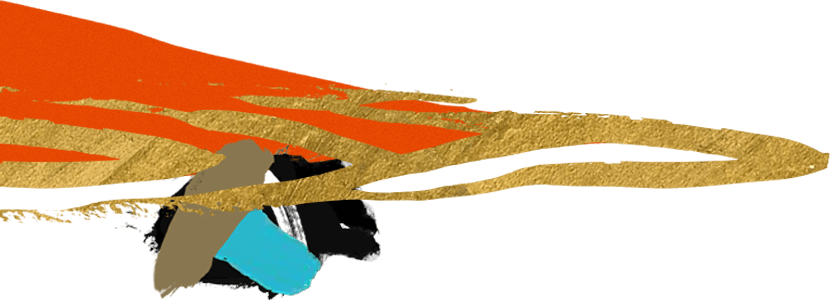TO SIMPLY PUT IT OLARRO HAS SET THE BAR FOR SERVICE AND STYLE. I'M NOT SURE HOW ANY OTHER HOLIDAYS WILL LIVE UP TO IT IN COMPARISON!
It is just wow in every way. Beautiful and very stylish throughout, I couldn't find a single area which wasn't thoughtfully designed. The whole thing is very luxurious whilst still having a very African vibe - leather and animal hide furnishings, open fires etc. Makes me want to go home and redecorate. By far the best Kenya safari trip I have experienced.
Olarro Lodge is a home away from home. The setting is amazing but what makes it so special is the staff. Their friendliness and attentiveness is difficult to match and the endless supply of great food meant we were never hungry! The lodge itself has lots of character and the game drives in the Olarro conservancy feel super special due to how private it is. We spent a day at the Masai Mara reserve which I would recommend doing to tick off the big 5 but we loved our drives and quadbiking within the Olarro reserve.
We hope to return soon!












